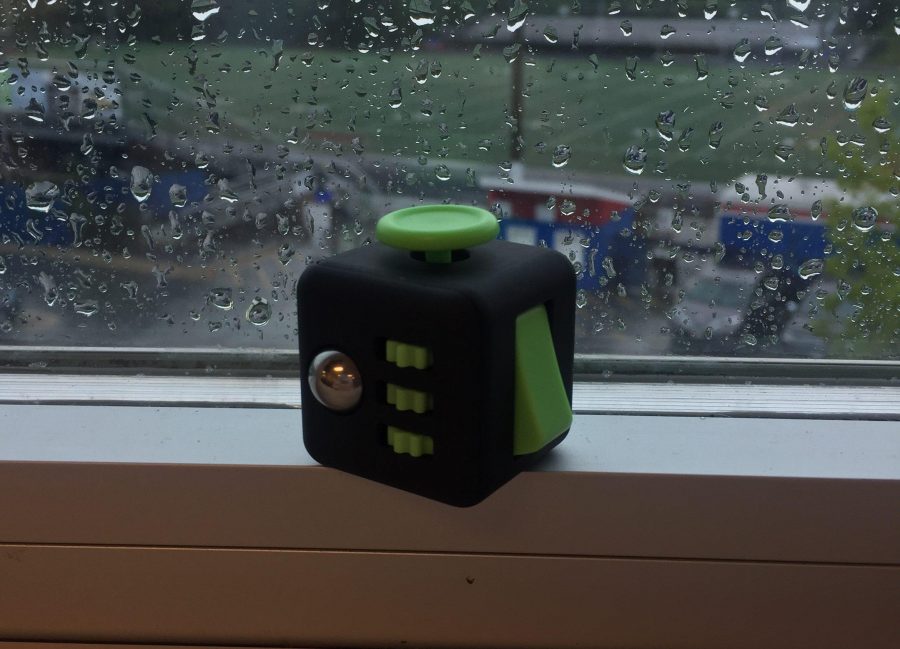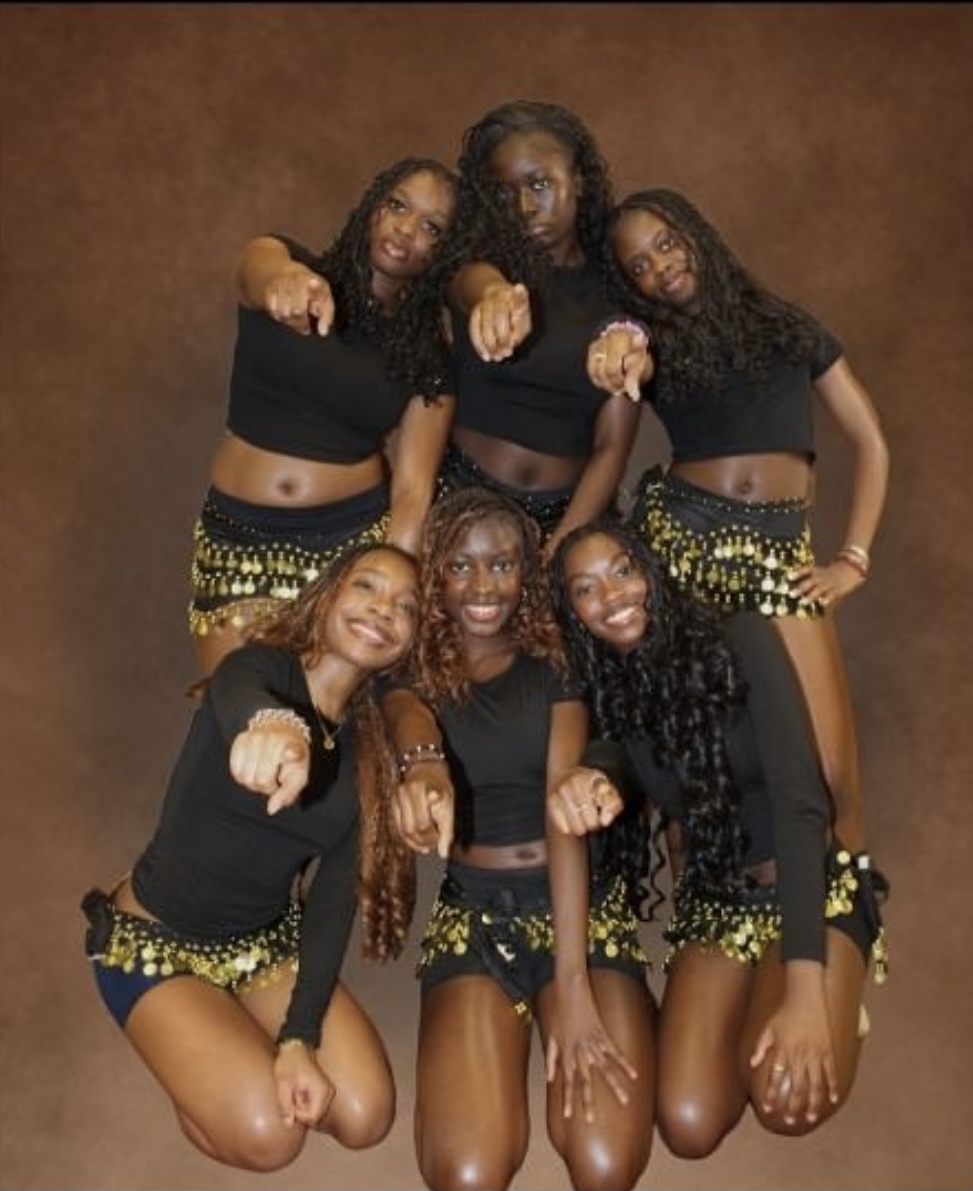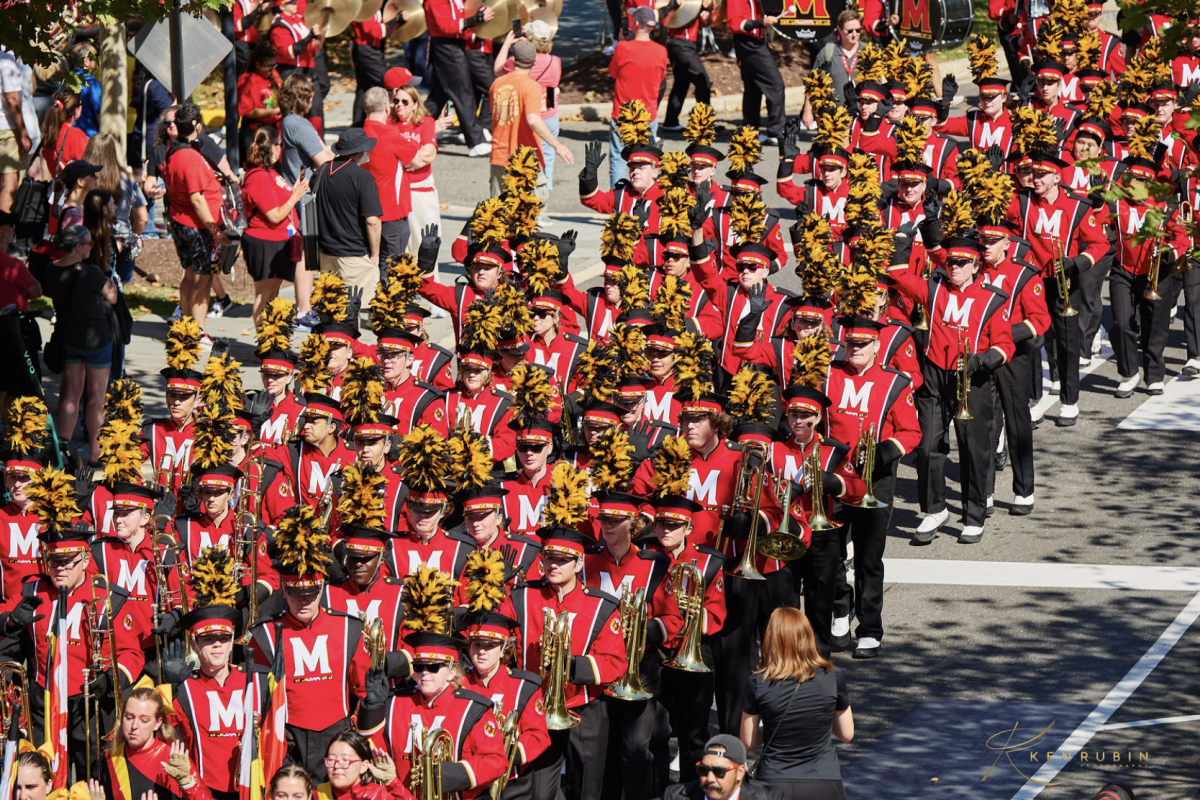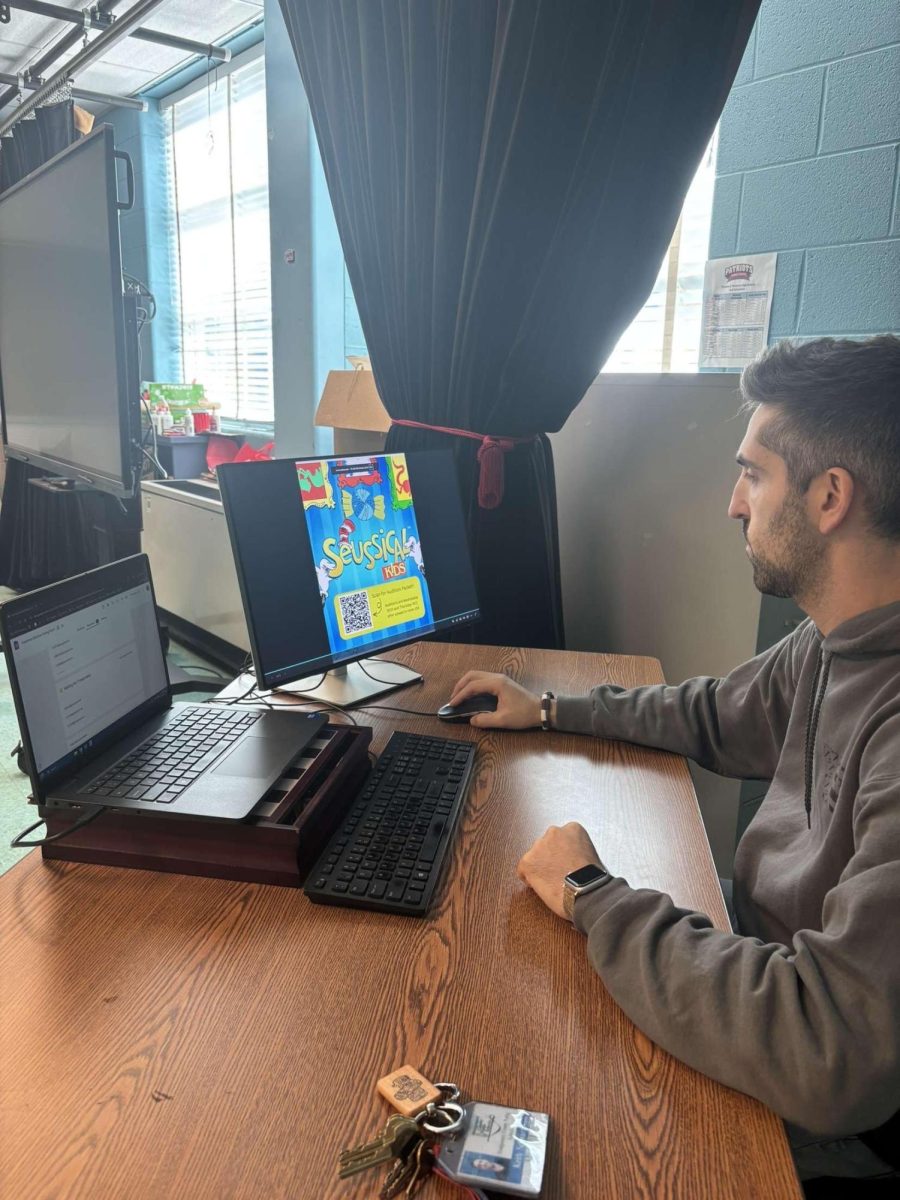School can be boring, plain and simple, and students at this school were in desperate need of something to brighten up their time here. Then came along fidget cubes, fidget spinners and popsockets, three little gadgets that have made an impact on the way students receive their education. A vast majority of students find their gizmos to be helpful in their ability to focus on their schoolwork. Teachers, however, find these new devices to be a major disturbance in their classroom environments since students tend to be preoccupied with the apparatuses and distracted from the curriculum being taught by the educators.
The popsocket phenomenon has taken this school by storm and their popularity is undeniable as it’s nearly impossible to find a class that is completely popsocket-free. The function of these three-inch objects is to provide people with an easy grip to hold their phones with, as well as a convenient stand for phones to be leaned up against. Coming in a wide array of different colors and designs from pink palm trees to the American flag, popsockets are a fad that has evolved into an opportunity for personal expression, with most students getting a popsocket that best represents their personalities. Even Freshmen Planning has gotten involved with the craze, as their new fundraising tactic is designing and selling Wootton-inspired popsockets. “They chose to do popsockets as a fundraiser because they’re just so popular and they knew they would sell well,” sophomore Sophie Miller said.
Another new device has sent students into a frenzy – fidget cubes. The aptly named toy is the perfect trinket for students who tend to be antsy and twitchy in the boring classroom environment as they provide a way for those students to release some of their built-up energy. The fidget cube is a small prism and is equipped with distinct features on each side, including a switch, a joystick, and five buttons. Designed to satisfy urges to fidget with during class or work, the fidget cube has been relatively successful at keeping students at this school focused on their work in the classroom and at home. “I’ve been able to pay more attention in class when I play with the cube. My favorite part is the metal ball,” sophomore Ben Stoller said.
The creators of the fidget cube, brothers Matthew and Mark McLachlan, decided to expand on their impact in the stress-relieving toy market and introduce the cousin to the fidget cube known as the fidget spinner. According to livescience.com, fidget spinners are “small, ball-bearing devices that the user can rotate between his or her fingers.”
The fidget spinners were originally billed as a specialized toy for people with attention deficit disorder, anxiety and autism, but eventually developed into every student’s favorite knick knack of the spring. However, not everyone is in love with these new gadgets including English teacher Kristen Haynes. “Students typically see them as just toys rather than behavioral devices. That’s where problems occur,” Haynes said.
James Barberis
Staff Writer








